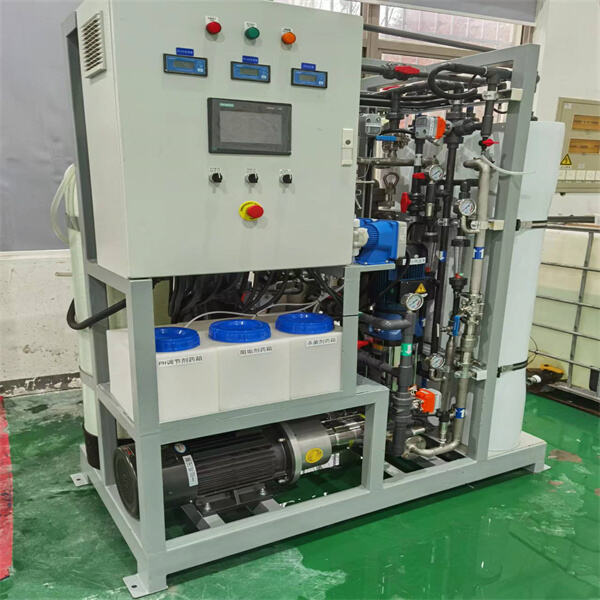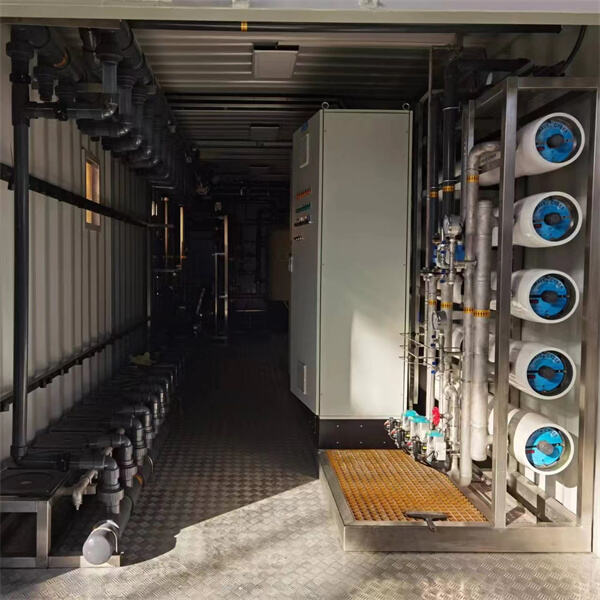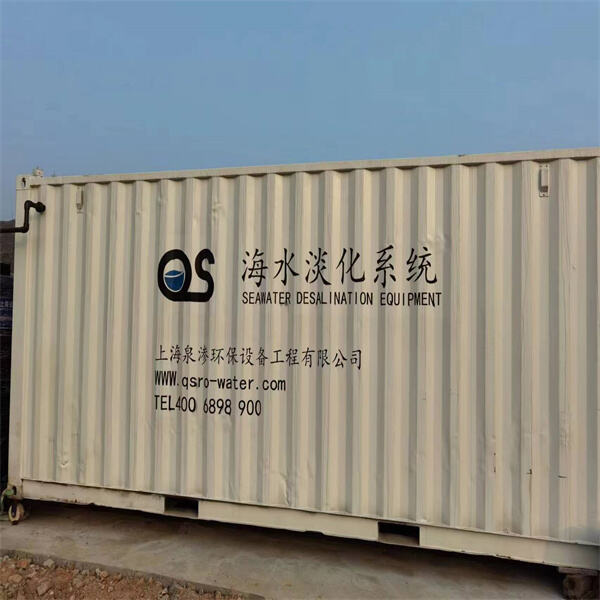Long ago, people could not drink water from the sea. Ocean water is salty, and salty water is bad for us to drink. But now, with exciting new technology, we can turn salty sea water into clean drinking water! This process is known as a seawater RO system, and it is crucial in areas where there is an insufficient supply of fresh water for all to use.
Desalination, in big-words terms, means removing salt and other substances from sea water. This process is actually very useful as it gives us an option to use the water from ocean when we dont have sufficient drinking water. Desalination is not a new technology, however: it can be traced back centuries; in the past, it was extremely expensive, and the efficiency was not very high.
It was a long time ago when humans had to boil sea water to get rid of the salt. They would heat it, and it would become steam, and they would catch that steam, which would turn back into fresh water. This ancient process is known as distillation. The difficulty was that distillation was slow and power-hungry; it was way too slow and way too power-hungry to create enough consumable water for everyone.
Then scientists discovered a better way to make fresh water, called reverse osmosis. This process is like magic! It works by applying pressure to force sea water passed a specific kind of filter, engineered for exactly this. This filter is known as a membrane and it has microscopic holes in it so small that only water can pass through. The salt and other stuff is left behind, and what comes out is fresh, clean water that people can drink.

Modern seawater RO systems are a great improvement compared to their historical versions. Drilling them further makes them more efficient, meaning less energy is required to produce fresh water. This is really good news for places that conventional methods struggle with when they need more fresh water, such as islands surrounded by ocean or deserts with very scarce water sources.

But it's not as easy as it sounds. Before the water reaches the filter, it must be pre-treated to remove larger pieces or dirt. It is a very critical step, as the entry of bigger particles can create havoc in the system. In addition, the pressure used to force water through the filter has to be precisely calibrated. If the pressure is too low, the system won’t function well, and if it’s too high, it could damage the filters.

One more added convenience is that seawater RO systems can be fitted into almost any kind of structure. Details that mean they are highly mobile, which can be fitted to a ship, a piece of land by the shore, or even the middle of a desert. Versatile are what they are their adaptability to a variety of places makes them quite useful in many circumstances.

Copyright © Sihe Biotechnology (Jiaxing) Co., Ltd All Rights Reserved | Privacy Policy | Blog